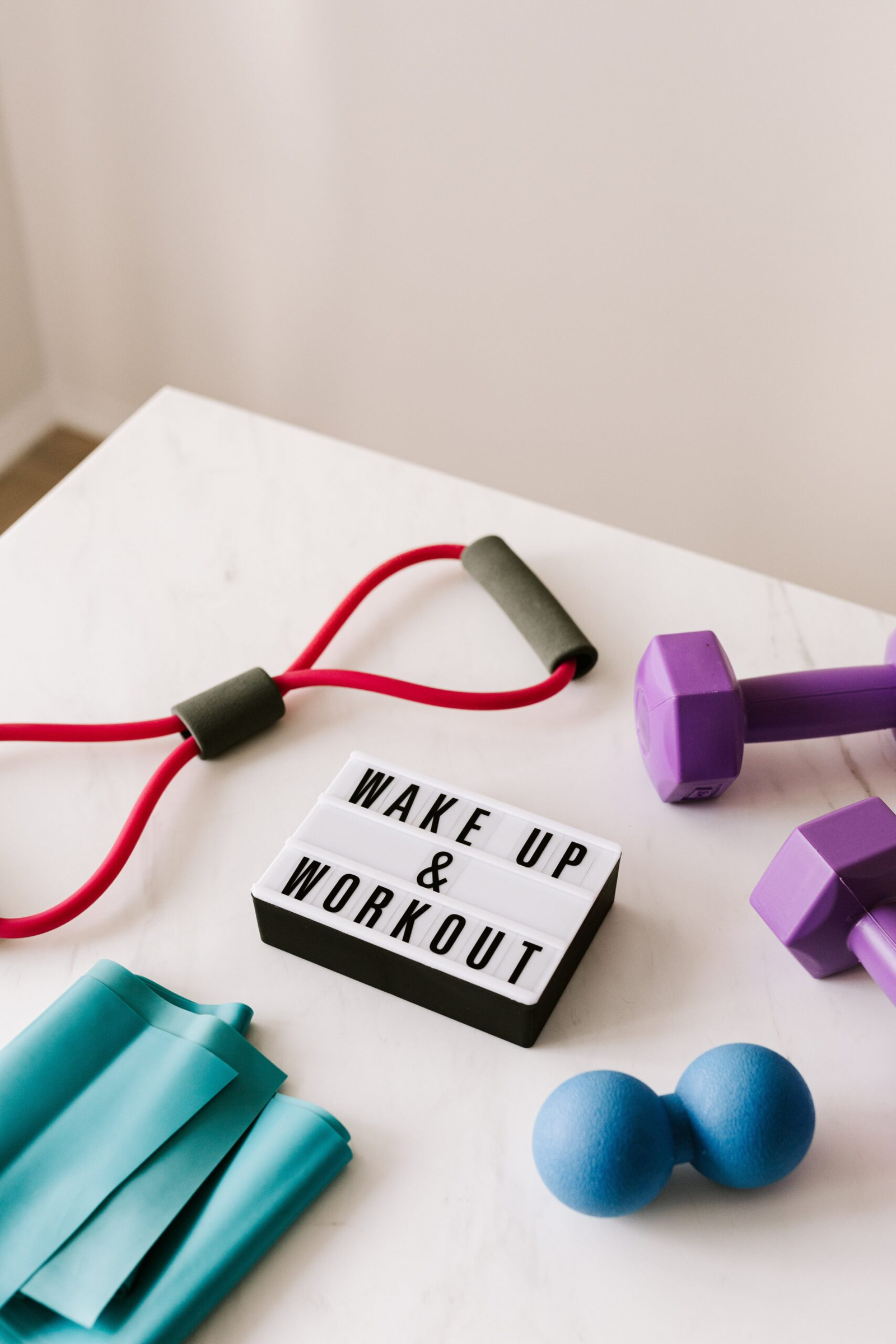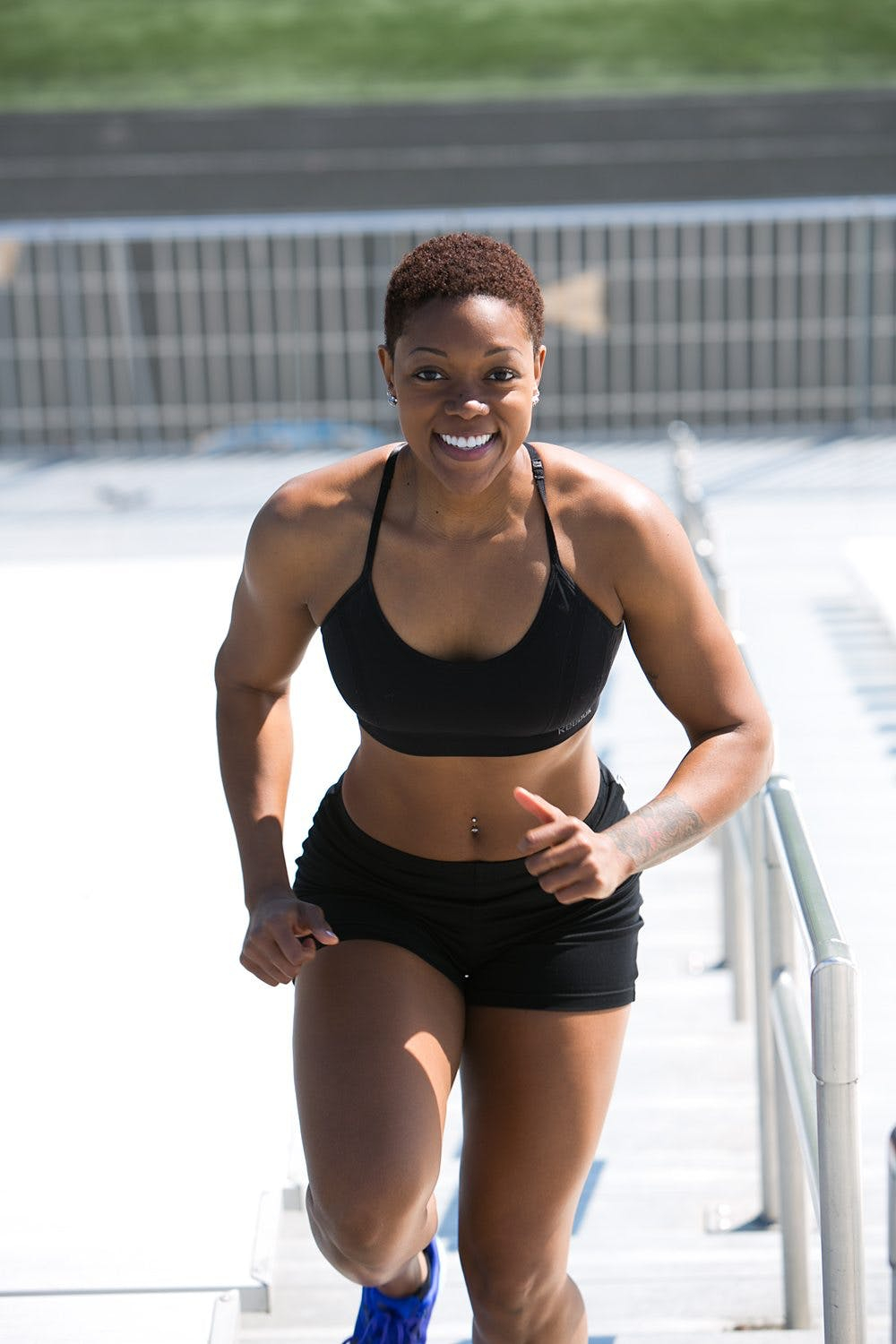The Ultimate Guide: How to Build Muscle in the Upper Chest
Are you after that well-defined, chiseled upper chest? You’re in the right place then, because this is “The Ultimate Guide: How to build muscle in the Upper Chest.” This guide is not about a quick fix or a miracle solution – instead, it’s your manual to understanding the physiology of your upper chest and the determined effort involved in sculpting it. You’ll learn everything you need to know about goal setting, choosing the right workouts, nutrition, recovery, and staying motivated. Packed with frequently asked questions and featuring expert advice, this guide certainly packs a punch in helping you achieve your fitness goals.
Understanding Upper Chest Muscle Anatomy
Understanding the anatomy of your upper chest muscles is the first step in building them effectively. First off, it’s important to realize that the chest is essentially split into two muscle groups: the pectoralis major and the pectoralis minor. These are often shortened to “pec major” and “pec minor”.
Basic Overview of Chest Muscles
The pec major is the larger, thicker muscle, covering most of the chest. It’s responsible for the ‘buff’ look that many bodybuilders aim for. The pec minor is smaller, lying beneath the pec major. Both these muscles play a key role in movements of the shoulder joint.
Understanding Muscle Fibers
Your muscles are made up of two basic types of fibers – fast twitch and slow twitch fibers. Fast twitch fibers are responsible for powerful, quick movements but tire out pretty fast. Slow twitch fibers, on the other hand, are used for endurance-based activities.
Specific Role of the Upper Chest muscle
The upper chest isn’t a different muscle as such, but refers to the upper part of the pec major. When people talk about training the ‘upper chest’, they generally mean exercises that target the clavicular head of the pec major.
Nutritional Requirements for Muscle Building
Just as important as understanding the anatomy of your chest muscles is knowing the right nutrition for supporting muscle growth. Let’s delve into this:
Understanding Energy and Nutrient Needs
Whether you’re working out vigorously or just going about your day, your body needs energy. Carbs, fats, and proteins are the nutrients that provide this energy, with each playing different roles in muscle growth.
Importance of Proteins
Protein is especially critical when you’re trying to build muscle. They provide the building blocks (amino acids) that your body uses to repair and build new muscle tissue after each workout.
Role of Carbohydrates and Fats
Carbs are the body’s preferred energy source. They fuel your workouts and help spare protein for muscle growth. Fats, on the other hand, support vitamin absorption, hormone production, and provide a valuable energy reserve.
Importance of Hydration
Consuming enough water is crucial for muscle growth. Hydration helps to keep your joints lubricated and assists in the transportation of nutrients to your muscles.
Supplements for Muscle building
You might use supplements to complement an already solid diet. These can include protein powders, creatine, and branched-chain amino acids (BCAAs).

Importance of Correct Weight Training
Training correctly is vital for progressing and avoiding injuries. Here are some aspects to consider:
Challenges in training the Upper Chest
The upper chest tends to be a difficult area to train due to factors like reduced leverage and poor form. It also doesn’t respond as much to presses and other common chest exercises.
Correct Posture and techniques
Maintaining correct posture and technique is critical. This involves engaging the right muscles, maintaining a full range of motion, and avoiding hyperextension.
Choosing the Right Weights
It’s better to start lighter and build-up. Using too heavy weights can compromise your form and increase the risk of injury.
Effective Upper Chest Workouts
Several exercises effectively target the upper chest. These include:
Barbell Bench Press
Performed at an incline, this exercise is a fundamental upper chest builder.
Incline Dumbbell Press
This exercise allows a greater range of motion than the barbell bench press and enables you to target your upper pecs effectively.
Cable Crossover
This isolation exercise targets your pecs from various angles, making it an excellent finishing move for your chest workout.
Landmine press
This unilateral exercise strengthens each side of your upper chest independently, improving muscular balance.
Svend press
This exercise involves pressing two plates together in front of you while extending your arms, predominantly targeting the upper pecs.

Repetition and Sets Plan
Understanding how to structure your workouts is crucial for results. You need to consider the number of reps, sets, and workout frequency.
Determining the Ideal Rep Range
Typically, performing 6-12 reps per set is ideal for muscle growth. Lighter loads for more reps target endurance, while heavier loads for fewer reps focus more on strength.
Understanding Sets and Their Importance
A set refers to a group of repetitions without a break. Performing multiple sets of an exercise ensures you’re adequately challenging your muscles to promote growth.
Planning Workout Frequency
A common recommendation is to train your chest 2-3 times per week, giving your muscles time to recover between sessions.
Implementing Progressive Overload
To continue building muscle, you need to keep challenging your body. This concept is known as progressive overload.
Understanding Progressive Overload
Progressive overload involves regularly increasing the demands on your musculoskeletal system, causing your body to adapt, resulting in muscle hypertrophy (growth).
Techniques for Progressive Overload
You might increase the weight you’re lifting, the number of sets or reps you’re performing, or decrease your rest time.
Tracking Progress Effectively
By logging your workouts, you can ensure you’re progressively overloading your muscles.

Avoiding Common Cut Workout Mistakes
Steer clear of these common missteps for optimal results:
Not Focusing on Compound Movements
Compound movements that involve multiple joints and muscles are crucial for packing on size. Make sure your workout isn’t purely focussed on isolation exercises.
Neglecting Nutrition
No amount of training will compensate for poor nutrition. Ensure you’re consuming adequate protein, carbs, fats, and overall calories to support muscle growth.
Overtraining and Failure to Rest
Rest is when the magic happens, and your muscles repair and grow. Ensure you’re allowing adequate recovery between workouts and getting enough sleep.
Post-Workout Recovery Techniques
Recovery is a critical part of muscle growth. Here are some techniques:
The Impact of Rest and Sleep
Sleep is essential for recovery, growth, and performance. Aim for around 7-9 hours per night.
Post-Workout Nutrition
Consuming protein and carbs post-workout can aid recovery and promote muscle growth.
Use of Massage and Other Recovery Techniques
Methods like massage, foam rolling, and stretching aid recovery and improve flexibility and mobility.

Adapting Workouts for Advanced Trainees
As you become more advanced, you’ll need to adapt your training for continued progress.
Advanced Training Techniques
These can include using different rep ranges, utilizing more advanced exercises, and incorporating intensity techniques like supersets and drop sets.
Workout Intensifiers Like Drop Sets and Pre-exhaustion
Strategies like drop sets (reducing weight and continuing to perform reps) and pre-exhaustion (fatiguing a muscle with isolation exercises before compound movements) can further challenge your muscles.
Incorporating New Exercises
New exercises not only keep your workouts interesting but challenge your muscles in new ways, promoting growth.
Frequently Asked Questions
To wrap up, let’s address some common queries:
How Long Does It Take to Build Chest Muscles?
This can vary based on factors like genetics, nutrition, training, and recovery, but many people see significant progress within 8-12 weeks of consistent, properly executed training.
Can I Train the Upper Chest Every Day?
It’s not recommended. Your muscles need time to recover to grow effectually. Aim for 2-3 upper chest training sessions per week.
What Foods are Best for Building Muscle?
Foods rich in protein (like poultry, fish, eggs, and dairy), healthy fats (like avocados and nuts), and complex carbohydrates (like whole grains, fruits, and vegetables) are all excellent.
Should I Take Supplements?
Supplements can be useful if you struggle to get sufficient nutrients from your diet or want some extra support. But remember, they are to supplement a proper diet, not replace it!

